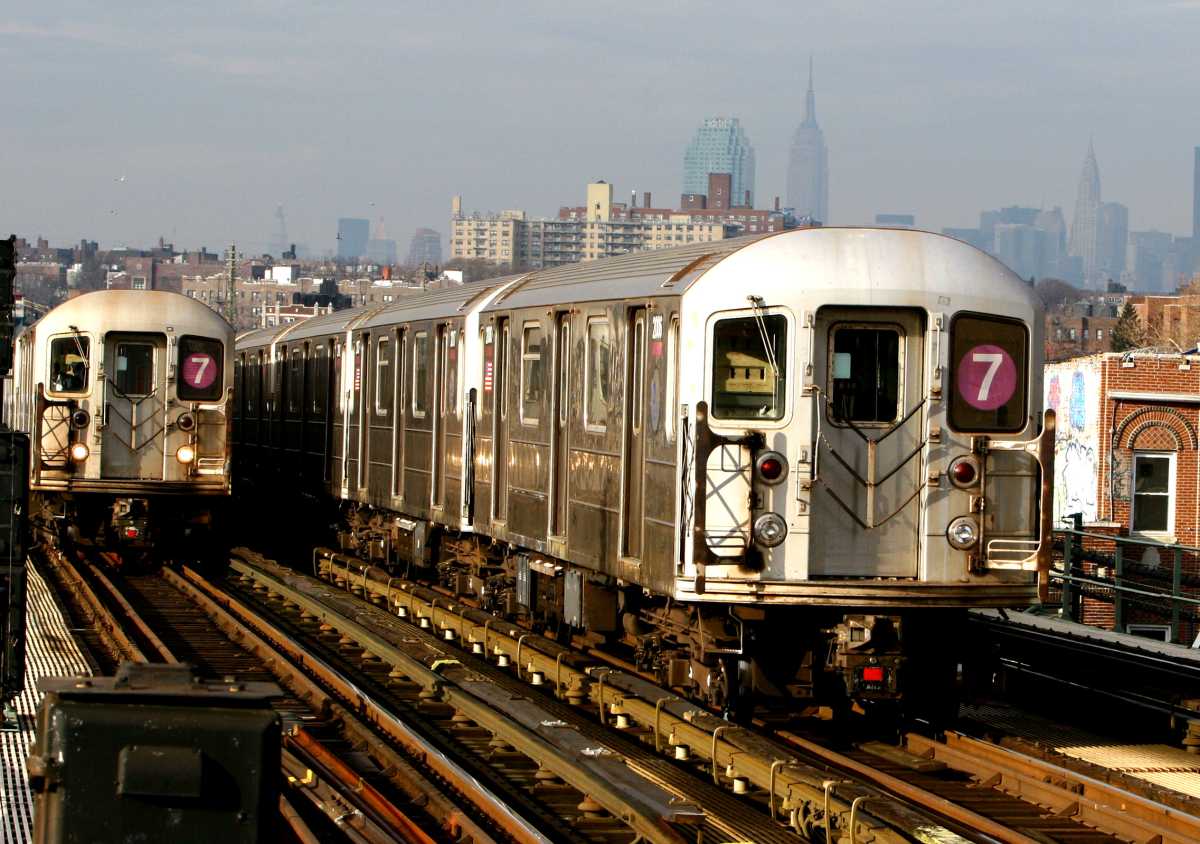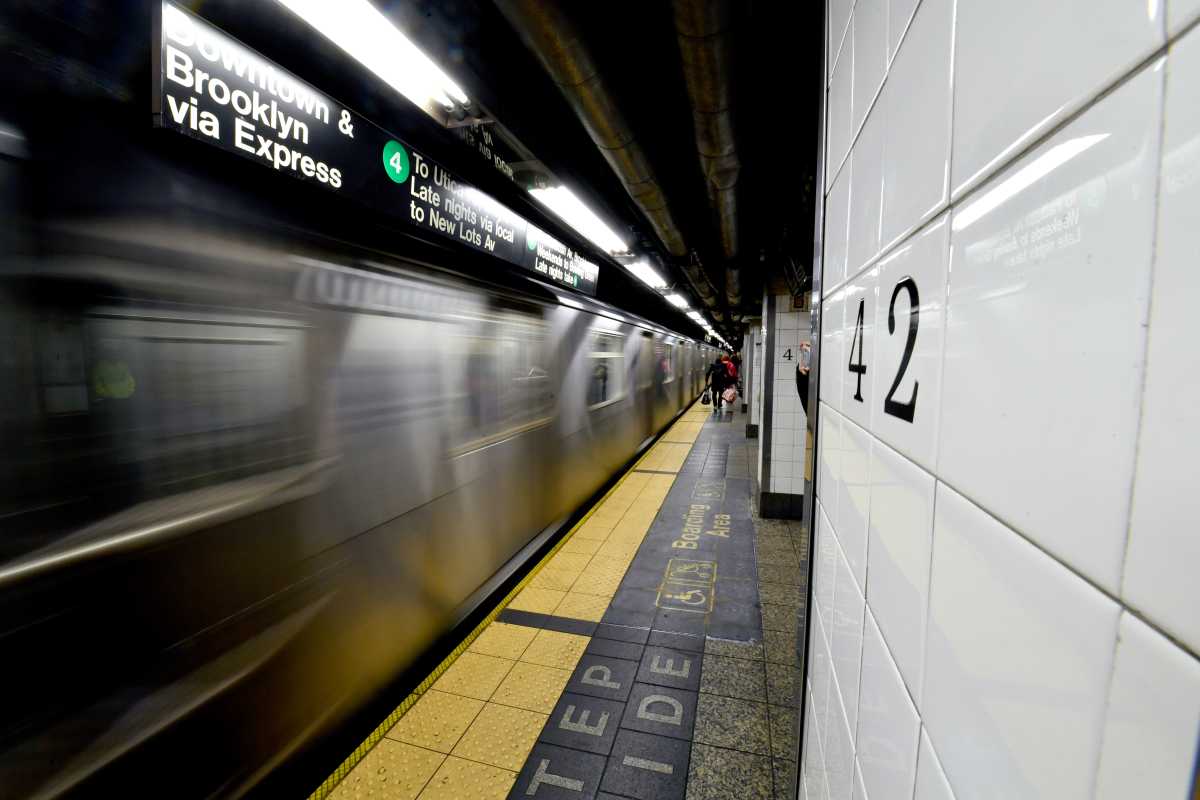With overall subway ridership up 2.6 percent across the city, the MTA is set to meet the increased demand by boosting service on three local subway lines this December.
Most of the changes will take place during off-peak hours, as the MTA reported ridership between or after rush hour periods reached its highest rate in 65 years in 2014, with more than 1.75 billion riders systemwide.
The biggest boost will take place on the L line, with seven additional round trips added between 10:30 a.m. and 2 p.m. on weekdays. Ridership on the L line — which services Ridgewood and Bushwick — grew 4.7 percent last year, the largest increase of any line in the system.
According to the MTA, the seven additional trains will reduce wait times on the L line to five minutes between the morning and evening rush hours. Last fall, the MTA similarly enhanced L train service during weeknight and weekend periods.
The MTA will also introduce two additional round trips on the 7 line — which services the rapidly-growing neighborhoods of Long Island City, Sunnyside, Woodside and Flushing — between 8 and 10:20 p.m. on weeknights. The agency said this will reduce wait times to under 4 1/2 minutes.
This service increase is expected to ease commuting, in particular, out of the Vernon Boulevard-Jackson Avenue station in Long Island City, which experienced a 12 percent growth in weekday ridership in 2014; and at the Flushing-Main Street terminal, which averages about 60,000 riders each day.
Finally, the M line will get an extra round trip just after the morning rush hour, between 9 and 9:30 a.m., reducing wait times to an average of 7 1/2 minutes. Since the line was rerouted in 2010 through Midtown Manhattan and northwest Queens (replacing the defunct V line), M train ridership is up about 31 percent, with an average increase of 6.2 percent at stations between Metropolitan Avenue in Middle Village and Marcy Avenue in Williamsburg.
“New York is a dynamic city and it continues to grow as new or better housing options become available and more people come here for jobs or school,” said MTA New York City Transit President Carmen Bianco. “By making these schedule changes, New York City Transit is making the most of its resources to deliver service that accurately reflects ridership in growing areas.”
The MTA plans to spend $1.6 million to implement the additional service.
RECOMMENDED STORIES


































